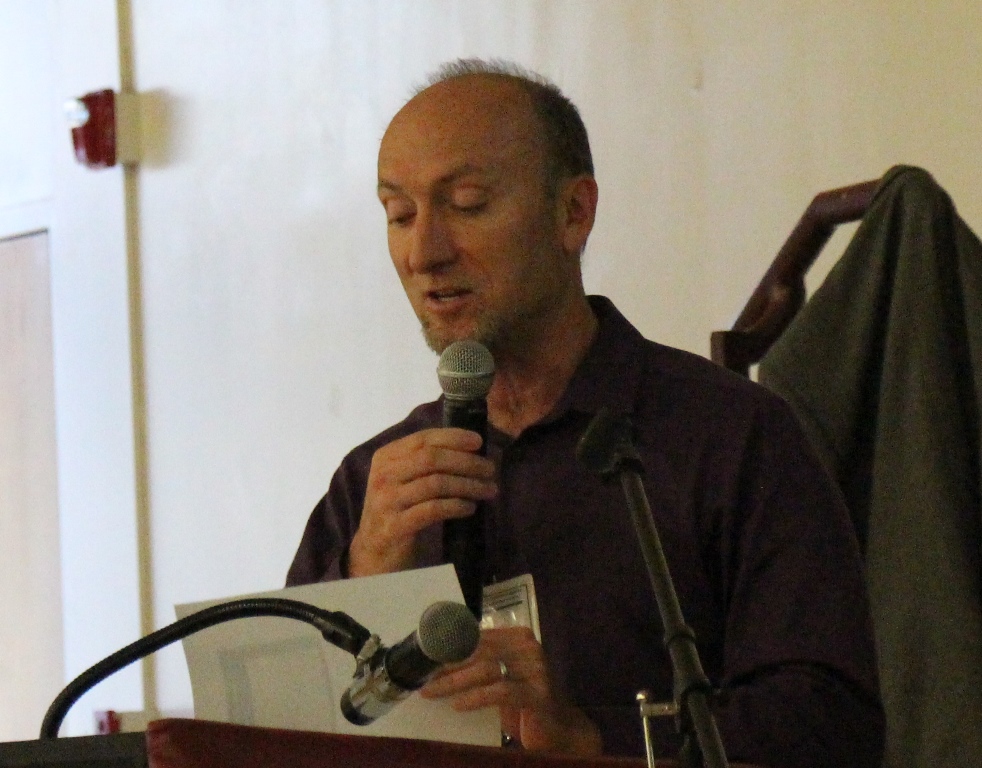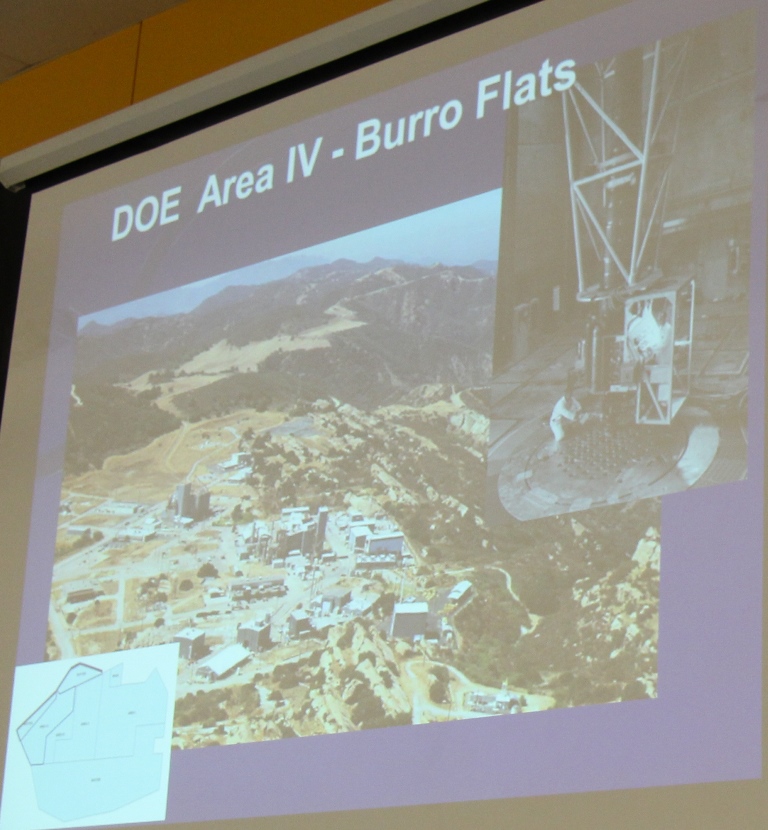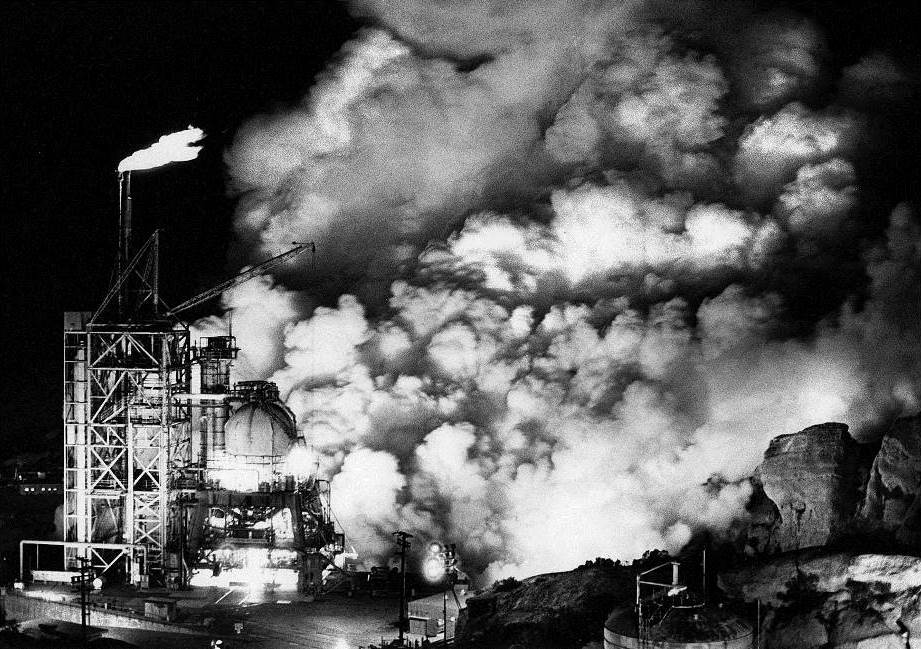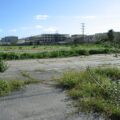
20. Pages 5-7/59: See report for large body of text analyzed below.
[ER NOTE: Large body of text under the heading “Derivation of Field Action Levels.” This section was reported by the Simi Valley Acorn newspaper as being described as a “super-sized word salad” that we do not reprint here other than to note that FAL means Field Action Levels. That doesn’t mean EnviroReporter.com hasn’t analyzed DTSC’s mangling of BTVs which, simply put, has allowed vastly higher levels of radiation and chemicals to be allowed as acceptable through the use of these FALs instead of BTVs.
Obliterating the BTVs of radiation and chemicals through high FALs is not the first time DTSC has re-written science to get away from assessments based on background levels of goo. It was done in 2012, as reported in Radiation Readings Soar at Rocketdyne, where the department fiddled about with “Radiation Trigger Levels” (RTLs) making them vastly higher than their respective BTVs:
“The RTL given cesium-137 in the PowerPoint was nearly equal to the actual background level of Cs-137 at Rocketdyne on the surface. Dig a little deeper, literally, and the the Cs-137 RTL becomes 25.78 times its “background threshold value” or BTV.”
Corrupting the numbers wasn’t limited to cesium-137. Strontium-90 was also given the DTSC treatment as the article exposed:
“Soil sample #60200 inexplicably had a strontium-90 RTL over 37 times its BTV. The dirt came in at over 71 times background radiation in a sample dug out a foot to two feet below the surface. This suggests that even after two “cleanups” the area may be facing a huge excavation job in order to bring the environment back to a state where it isn’t riddled with radiation and chemical contamination.”
In 2017, DTSC’s manipulation of the FALs, in essence codifying contamination markedly over background but passed off as ‘okay,’ is the second pillar of prevarication in the department’s bad science: Change the standards making them vastly weaker and making the amount of contamination deemed okay vastly higher.
The use of the inflated FAL values skews the whole report. DTSC observations and conclusions based on the FALS are skewed as well. The use of these phony FAL’s is DTSC’s third pillar of prevarication: Use the skewed standards to make false conclusions.

21. Pages 7/59: “The few FAL exceedances, and therefore few locations of exceedances for Pu-239/240 and the remaining radionuclides of interest, were observed in the Area IV Study Area.”
[ER NOTE: INCOMPLETE – As reported in “Brandeis-Bardin’s Toxic Denial,” a 2004 soil sampling in Brandeis-Bardin found Pu-239/240 in camp dirt even higher than in SSFL’s nuclear Area IV.]
22. Page 8/59: “Based on evaluation of US EPA’s data from their on-site study, the extent of impacts from releases at source areas have been delineated within the SSFL boundary for the air dispersion pathway. The off-site data from the 1992-1994 Multi-Media and 2016 Brandeis Bardin Studies are consistent with this finding.”
[ER NOTE: FALSE & DISINGENUOUS – The first sentence says that based on EPA’s 2012 onsite study of nuclear Area IV dirt, DTSC’s determines that no radioactive or chemically-infused gas and dust got offsite. That is false on the face of it. It also doesn’t explain what kind of barrier in the air prevented airborne contaminants from drifting over and landing on Brandeis-Bardin. Yet the sentence is written so obliquely that this double-fib is easy to miss. A closer look reveals just how ridiculous this wishful thinking is.
Adjacent Area IV’s border, in the highlands above Brandeis-Bardin, exists the infamous Sodium Burn Pit euphemistically called by the government the “Former Sodium Disposal Facility” (FSDF). The burn pit drains into Brandeis-Bardin’s southern reaches of Meier Canyon which, when running, flows through the center of the Jewish camp.
“In the old days, Rocketdyne workers would chuck barrels of sodium into two water-filled pools and fire guns at the containers to burn off wastes (sodium mixed with water ignites spontaneously),” we wrote for LA Weekly in a 1999 article called Toxic Spring. “Left behind in the process were PCBs, dioxin, mercury, the rocket fuel oxidizer perchlorate and radioactive contagions, according to DTSC.”
The Area IV employees who set the sodium burn pit alight with gun shots were not stupid people. They located the pit next to the lab’s border with the camp as far removed from the main area of Area IV and naturally waited for the winds to carry the poisonous smoke offsite.
An EnviroReporter.com-acquired photograph showing a FSDF burn with Brandeis-Bardin in the background shows this. The fire truck in the foreground provides scale revealing that radioactive plume is hundreds of feet high. No visible or invisible wall exists in the archival image suggesting that the toxic smoke was somehow stopped at the border with Brandeis-Bardin.
“At the core of the DTSC paper is the claim that models – which are in fact, Boeing models – predict that no airborne contamination (e.g., from open air burning of toxic materials or from plumes from rocket engine tests) can travel more than a few hundred feet,” says the SSFL Work Group in its examination of the DTSC ‘white paper’. “It is a ridiculous claim. The UCLA Cohen study utilized a whole team of air dispersion modelers who did very extensive work showing the plumes could travel miles with contaminants at levels above EPA levels of concern.”
Airborne radioactive goo blowing over Brandeis-Bardin wasn’t the only threat to the camp’s land, water, livestock and people. Upwards of over 30,000 rocket engine tests took place at SSFL over the decades releasing tons of chemically-contaminated smoke, gases and dust.

One such ignition at the Coca test stand complex produced huge amounts of toxic smoke belching into the night sky. Coca lies less than a mile from Brandeis-Bardin. This photo alone illustrates how preposterous it is for DTSC to claim that SSFL releases confined themselves to the lab proper. It is more than wishful thinking. It is deliberate deceit further evidenced by the obtuse wording dressed up in scientific jargon.












Recent Comments